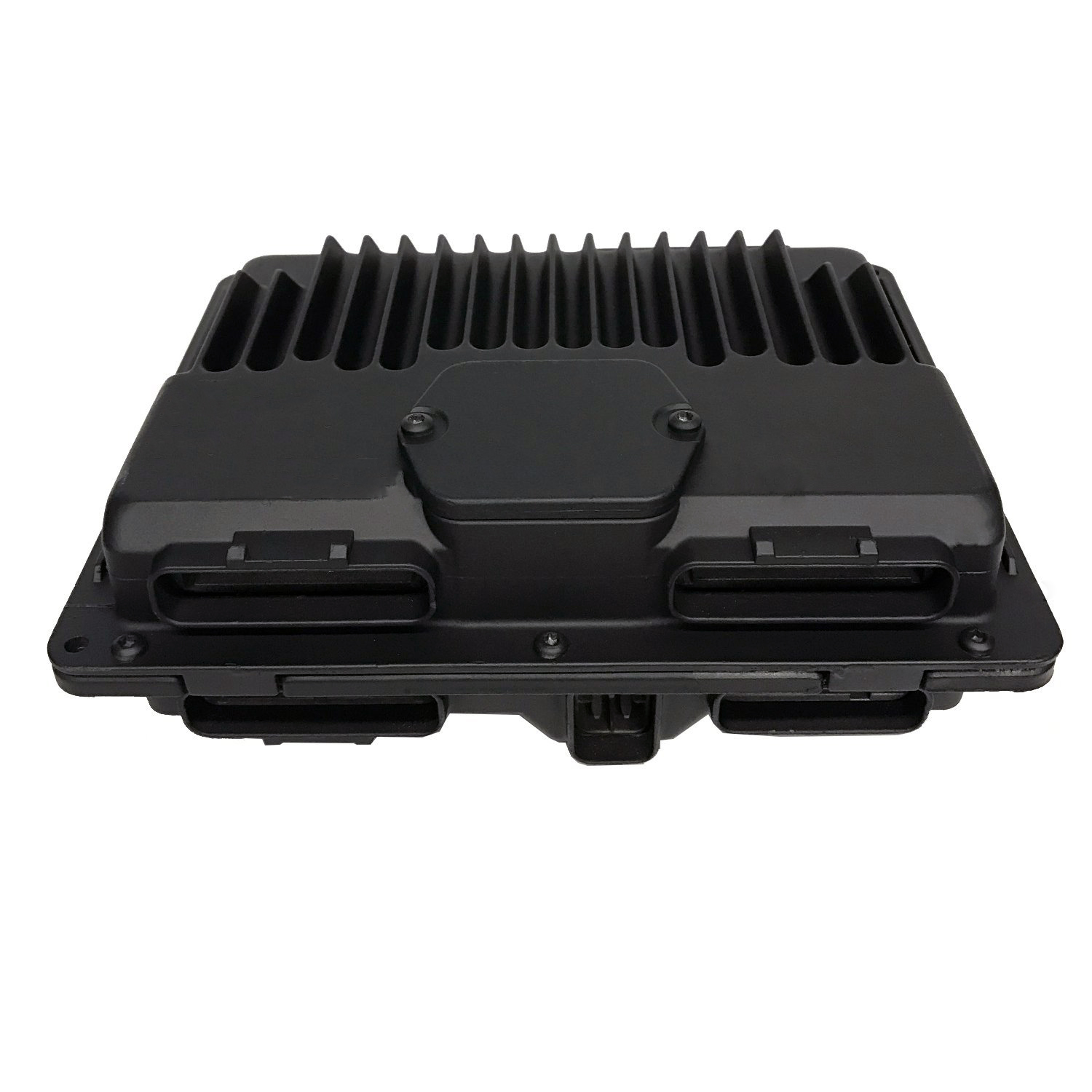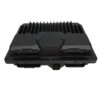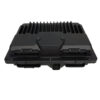Is Your GM Truck or Van Acting Up? It Could Be the PCM.
If you’re dealing with a persistent Check Engine Light, rough idling, stalling, or poor fuel economy in your late 90s or early 2000s GM vehicle, the root cause is often the Powertrain Control Module (PCM). As the central computer for your engine and transmission, a failing PCM can create a host of frustrating and difficult-to-diagnose problems. This module, part number 16263494, is the direct-fit, reliable solution to get your vehicle back on the road and running like it should.
The Plug-and-Play Solution: No Dealer Visit Required
What sets this PCM apart is our professional programming service. Before we ship your part, we flash it with the latest official GM software updates, specifically calibrated to your vehicle’s unique Vehicle Identification Number (VIN). This critical step ensures that the module communicates flawlessly with all of your vehicle’s systems right out of the box. You get a fully prepared component that eliminates the need for expensive dealership programming or specialized scan tools. Just install it, perform any necessary security relearn procedure, and you’re ready to go.
From the Diagnostic Bay
We had a 2000 Chevy Express van come into the shop that had been to two other mechanics. The owner had replaced the MAF sensor, spark plugs, and even the fuel pump, but it still had a nagging intermittent stall and a check engine light for random misfires. After confirming fuel pressure and spark were good, we connected our diagnostic scanner and found multiple communication error codes pointing to the PCM. We installed a Programmed GM PCM 16263494 matched to the van’s VIN. The van started instantly, idled smoothly, and all the error codes were gone. It was a classic case of chasing symptoms instead of diagnosing the root cause – the faulty engine computer.
Signs Your Powertrain Control Module is Failing
- ✔ Persistent Check Engine Light that won’t clear or returns immediately.
- ✔ Engine stalling for no apparent reason, either while driving or at idle.
- ✔ Noticeable decrease in fuel mileage.
- ✔ Rough, erratic, or surging engine idle.
- ✔ Harsh or delayed transmission shifting.
- ✔ Vehicle fails to start, even with a good battery and starter.
- ✔ Communication error codes (U-codes) when scanned with a diagnostic tool.
Guaranteed Compatibility and Performance
This module is a direct replacement for several original part numbers, including 16263494, 16265035, and 8162634940. It fits a wide range of popular GM trucks and vans, including the Chevrolet Astro, S10, Blazer, Express, Silverado, Tahoe, and their GMC counterparts like the Safari, Sonoma, Jimmy, Savana, Sierra, and Yukon. By providing your VIN, you guarantee that the software loaded onto your module is the correct version for your vehicle’s specific engine, transmission, and emissions equipment, restoring its original performance and reliability.
Frequently Asked Questions
Why do you need my vehicle’s VIN?
Your VIN (Vehicle Identification Number) is essential for us to program the PCM correctly. It allows us to load the exact GM factory software that matches your vehicle’s engine, transmission, tire size, gear ratio, and other critical options. This ensures seamless integration and proper function without any additional programming required on your end.
Is this module difficult to install?
For most DIY mechanics, the installation is straightforward. It typically involves disconnecting the battery, unplugging the electrical connectors from the old PCM, unbolting it from its bracket, and then installing the new one in the reverse order. The location varies by model but is usually in the engine bay (e.g., near the battery or on the fender).
Will I need to do anything after installation?
In many cases, you may need to perform a simple security relearn procedure, also known as a Passlock or anti-theft relearn. This can usually be done without special tools and involves a sequence of turning the key in the ignition. Instructions are widely available online for your specific model. Some vehicles may also require a Crankshaft Variation Relearn (CASE relearn), which requires a capable scan tool.
How do I find my VIN?
Your 17-digit VIN can be found in several places: on a metal plate on the driver’s side of the dashboard (visible through the windshield), on the driver’s side door jamb sticker, or on your vehicle’s registration and insurance documents.
Is this a new or used part?
This is a high-quality, inspected, and tested component that is guaranteed to perform to OEM standards. We ensure every module is ready for programming and long-term service in your vehicle.


